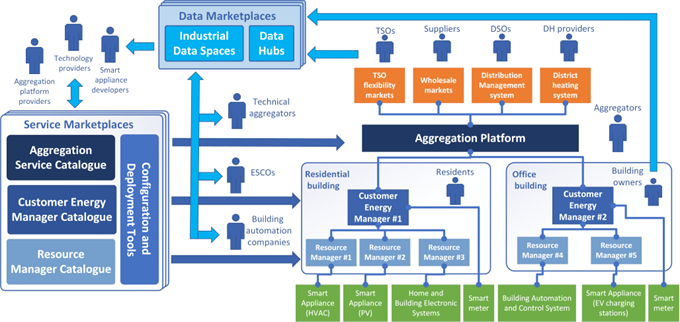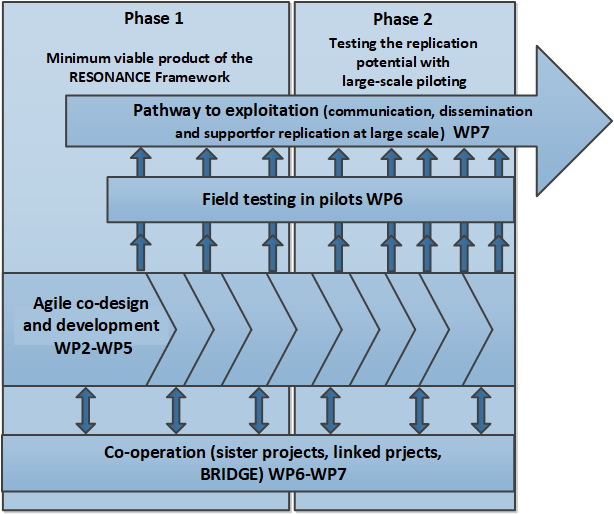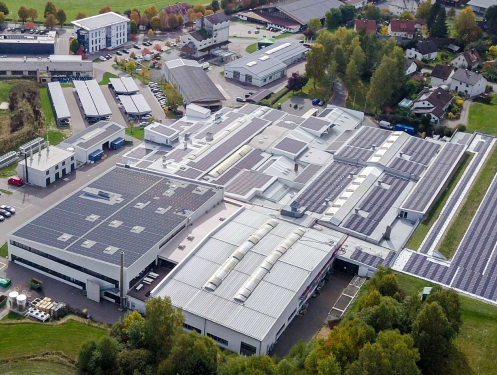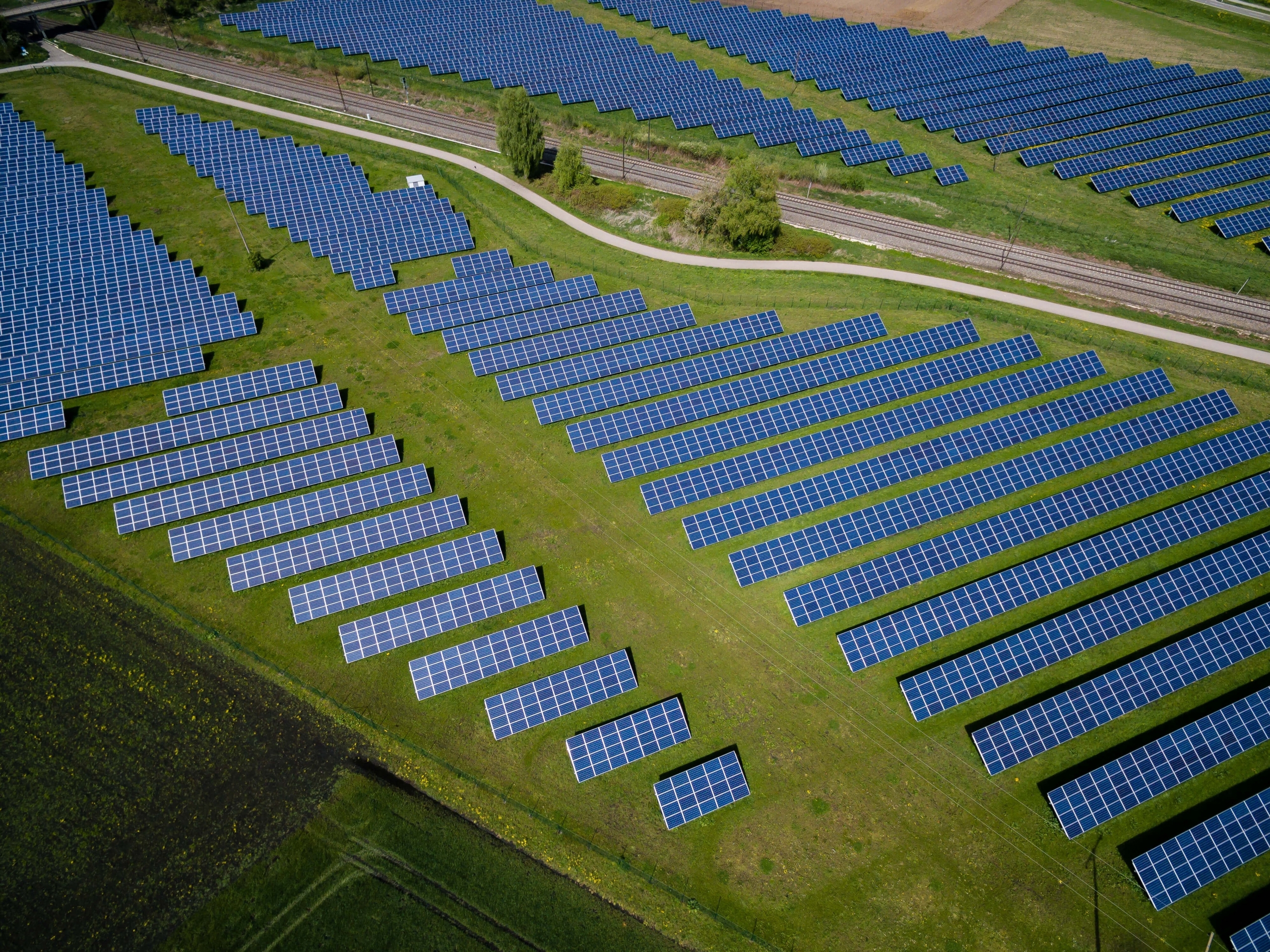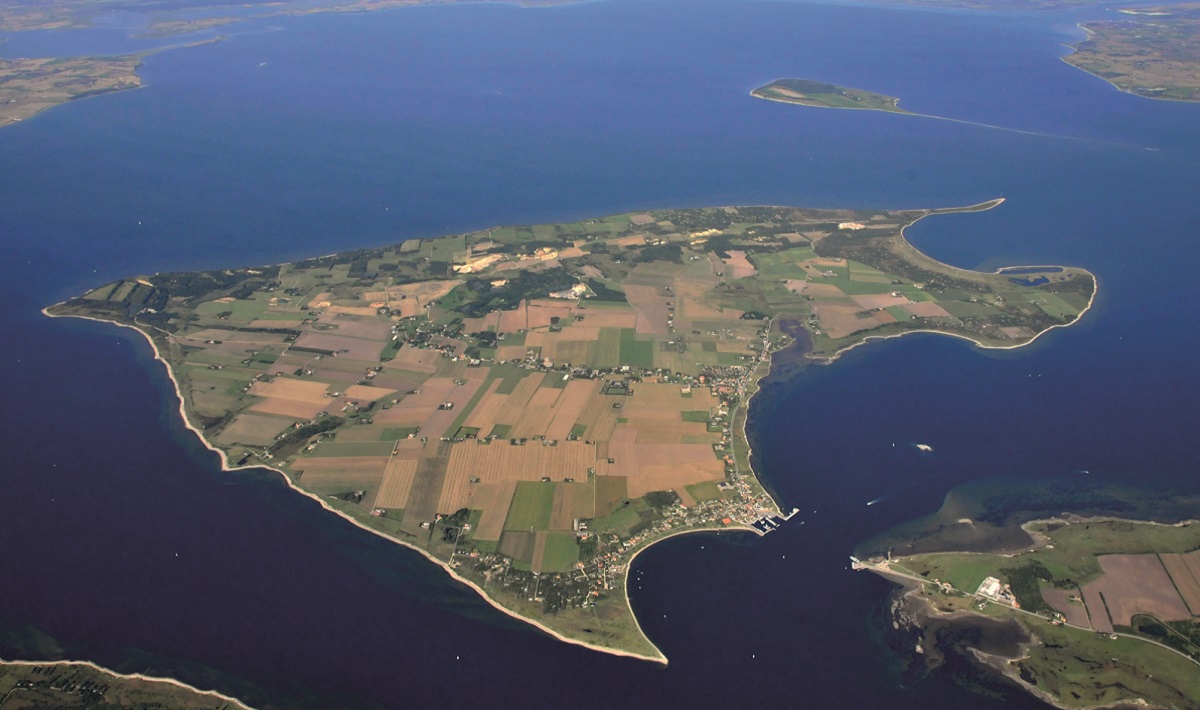
RESONANCE
Replicable and Efficient Solutions for Optimal Management of Cross-sector Energy
The RESONANCE project is a 36-month Innovation Action Project co-funded by the European Commission through the Horizon Europe Framework Programme for Research and Innovation as part of the destination Sustainable, secure and competitive energy supply.
The aim of RESONANCE is to make it cost-efficient to harness flexibility from distributed and small-scale assets such as homes, buildings and charging stations for electric vehicles. This is achieved by developing an innovative software framework that provides means for rapid development and plug-and-play deployment of standard-compliant Customer Energy Manager (CEM), Resource Manager (RM) and their aggregation solutions.
The RESONANCE Framework will facilitate a wide-spread adoption of CEMs by significantly reducing the development efforts and costs. This is achieved with 1) a standard-compliant and modular system architecture, and 2) an innovative modeling pipeline that combines automated machine learning (AutoML) with physics-based modeling to provide accurate and robust models of smart appliances with minimum effort.
Data and Service Marketplaces are a core part of the RESONANCE Framework. The marketplaces make the service catalogues and associated data easily available to system integrators and service providers for developing and deploying demand-side flexibility management solutions for customers in different sectors and market settings. They also facilitate co-creation of solutions within a cross-sector energy ecosystem that is formed by a variety of stakeholders engaged with energy consumers and energy sector integration.
The services to be populated are developed and tested at pilot sites in six European countries. In the second phase, the populated services are then replicated at other pilot sites with different stakeholders and constraints.
Based on the results, RESONANCE will create a best practice reference book and roadmaps for market replication. To support further uptake, the project will also demonstrate financial viability for a cross-sector energy system with special emphasis on reducing entry barriers for customers participating in flexibility schemes and on demonstrating the opportunities for new services.
Project data
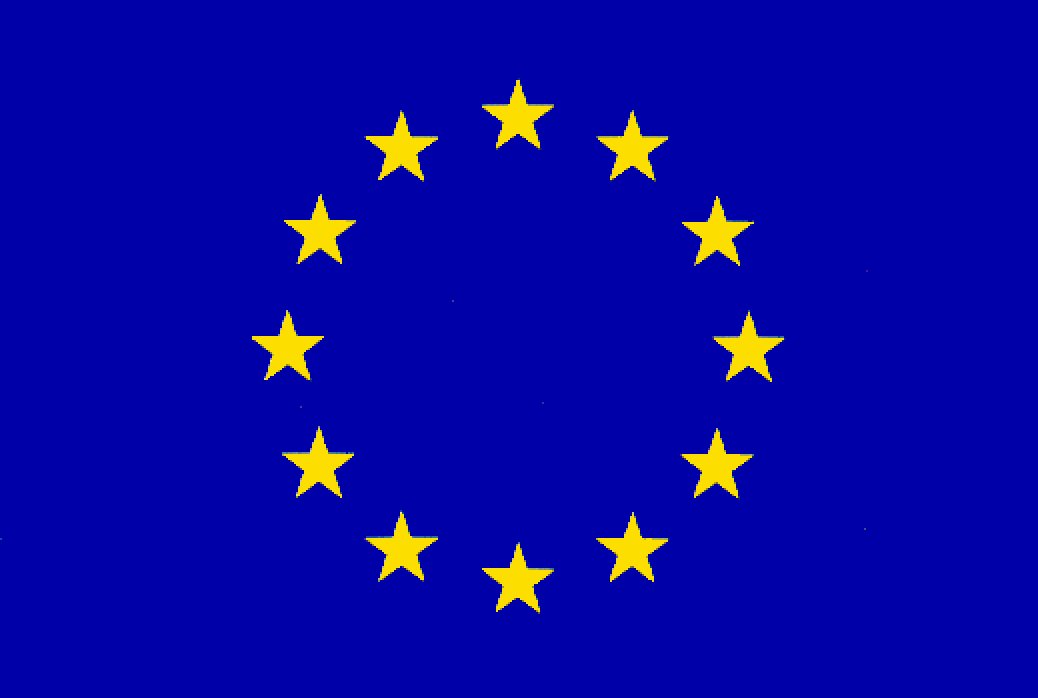
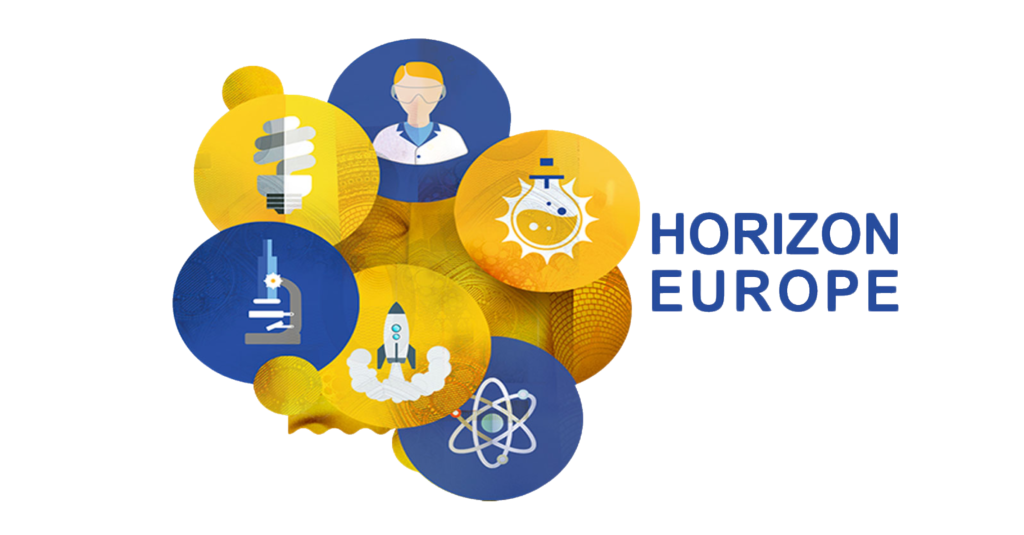
Rationale
Energy systems in Europe and worldwide are transforming towards renewable and distributed power generation. With the increase of generation from renewable energy sources (RES) such as wind power and photovoltaics (PV) the variability of generation also increases dramatically. The electrification of transportation and heating systems, and their sector integration with the power grid provides great potential for demand-side flexibility management (DSFM). The heating, ventilation and air-conditioning (HVAC) systems in different consumer sectors (i.e., residential, public, service, and industry) are a great source for DSF also.
However, despite the progress in electrification, ICT technologies, and standards, a major barrier still prevents DSFM business at a large scale. The problem is that it is still not cost-efficient to harness flexibility from distributed and small-scale assets such as homes/buildings and EV charging, because there is a lack of a software framework that provides modular building blocks for the development of RM/CEM and their aggregation solutions in a plug-and-play manner.
There are two main needs this software framework should address:
Interoperable, secure, and cost-efficient data exchange: A common system architecture and semantic-level interoperability between the functional components are the key building blocks for the development of highly replicable DSFM systems.
Automated modelling and control of flexible assets: Traditionally, DR has been used for shifting/shaping peak loads to avoid bottlenecks in distribution networks, as well as, to make it easier to balance loads at the transmission system level. However, when we replace controllable power plants with RES, DSF needs to become the main balancing method.
The RESONANCE project will address these needs with a twofold approach. First, we provide a narrow-waist approach for interoperability that builds upon open application programming interfaces (APIs) and existing standards. This makes it possible to reduce the entry barriers and costs related to communication and data exchange both within customer premises and with the aggregators/markets. Second, we develop an innovative automated modelling pipeline for flexible assets that enables the development of optimal models and MPC systems with minimal human effort. This allows SMEs, start-ups, and industry to model and manage the flexibility from the smart appliances in a plug-and-play manner.
Framework
The aforementioned solutions are packaged into a common software framework, called the RESONANCE Framework (or just the Framework). The Framework contains three catalogues of software (micro) services, including RM Catalogue, CEM Catalogue and Aggregation and Market Integration Catalogue, that provide means for the development of RM/CEM (and their aggregation) solutions in a plug-and-play manner. Additionally, an important part of the Framework are Data and Service Marketplaces that facilitate the co-creation within a vibrant cross-sector energy ecosystem and this way promote the sustainable uptake of DSFM solutions at a large scale. Please refer to sections 1.1.3 and 1.2.1 for detailed descriptions of the RESONANCE Framework, including the RM Catalogue, CEM Catalogue, Aggregation and Market Integration Catalogue, and the associated Data and Service Marketplaces.
By addressing the key barriers that prevent sustainable uptake of DSFM solutions, the RESONANCE project significantly contributes to the mobilization of DR at a large scale. Furthermore, the CEM solutions, serving the consumers/prosumers, will reduce the entry barriers and facilitate the participation of consumers/prosumers in the energy and flexibility markets.
Methodology
The project follows a constructive research method [47]. Focus groups and contextual interviews with an ethnographic approach will be conducted with the key stakeholders. Prototyping and field trials with pilots in different member states will be used for validating the project results and associated KPIs. The focus is on testing and validating the replication potential of the RM/CEM/Aggregation solutions developed on top of the RESONANCE Framework.
The project will follow an agile research and development methodology to maximize co-creation with relevant stakeholders from the cross-sector energy ecosystem (e.g., consumer/prosumer, building owners, facility managers, aggregators, suppliers, DSOs, retailers, and technology providers, appliance manufacturers, and integrators). The agile development approach is optimal for enabling stakeholders of the cross-sector energy ecosystem to provide their perspectives throughout the co-creation process.
Furthermore, the agile methodology supports frequent input of the results of the project to the exploitation, dissemination, and communication activities to maximize the project impact.
As illustrated in the Figure, the project is divided into two main phases both consisting of several agile R&D iterations. A single iteration of the agile software development process comprises the following steps: 1) requirement engineering & architecture design, 2) catalogue development (RM, CEM, and Aggregation services) with continuous integration and piloting (feedback), and 3) validation.
Expected Project Outcomes
RESONANCE will contribute to consumer flexibility management by delivering the following tangible outcomes:
- A catalogue of services and flexibility potential of appliances tailor-made for specific consumer groups, as well as the accompanying IT-tools that can help them providing flexibility services to the energy market and system.: The Lessons learned collected during the pilots, together with the assessment and validation results and the business models will be used to develop an interactive, web based best practice reference handbook with guidelines and roadmaps for market up-take.
- Increase participation of energy consumers in demand side flexibility markets by reducing entry barriers and transaction cost, in particular in relation to data exchange and market access.
- Provide viable interoperable solutions and products, available to all levels of the grid including within the home, which makes it simple to increase flexibility in energy consumption and have a positive impact in balancing demand/response with an increasing share of renewable energy sources.
- Create a vibrant cross-sector ecosystem, successfully mobilising demand-response and demonstrating opportunities for new services provided by SMEs and start-ups.
- Create sustainable marketplaces based on a comprehensive catalogue of energy smart appliances (home appliances including EV charging and distributed energy storage), services and hardware/software solutions compliant with a set of standards for Minimum Interoperability.
- Demonstrate the potential for a sustainable up-take (coordinated across all projects from the call) based on components and solutions piloted in real life.
In-JeT’s role in the project
In-JeT will be engaged in user co-creation activities and stakeholder involvement and in tasks related to business modelling and replication.
In-JeT also has a leading role in analysing the ethical aspects of the project and providing advice on how to manage user participation in the demonstrations in the compliance with legal and ethical requirements.
Based on our many activities with user engagement, In-JeT will be involved in collaboration with BRIDGE and other EU initiatives, coordination, and marketing activities. In-JeT will also manage the project website.
Partners
- VTT Technical Research Centre of Finland Ltd, Finland (Coordinator)

- Caverion Oy, Finland

- Athens University of Economics and Business, Greece

- Fortiss GmbH. Germany

- Trialog SAS, France

- CheckWatt AB, Sweden

- Enerim Oy, Finland

- Institut “Jožef Stefan”, Slovenia

- Smart Com d.o.o., Slovenia

- European Dynamics S.A., Greece

- Consolinno Energy GmbH, Germany

- Bovlabs, France

- In-JeT ApS, Denmark
- CluBE, Greece

- ECE d.o.o., Slovenia

- amibit energetski sistemi, d.o.o., Slovenia

- Mölndal Energi AB, Sweden

- Elektro Celje d.d., Slovenia

- Municipality of Eordaia, Greece

Funding
Co-funded by the European Commission under the Horizon Europe Research and Innovation Programme.


